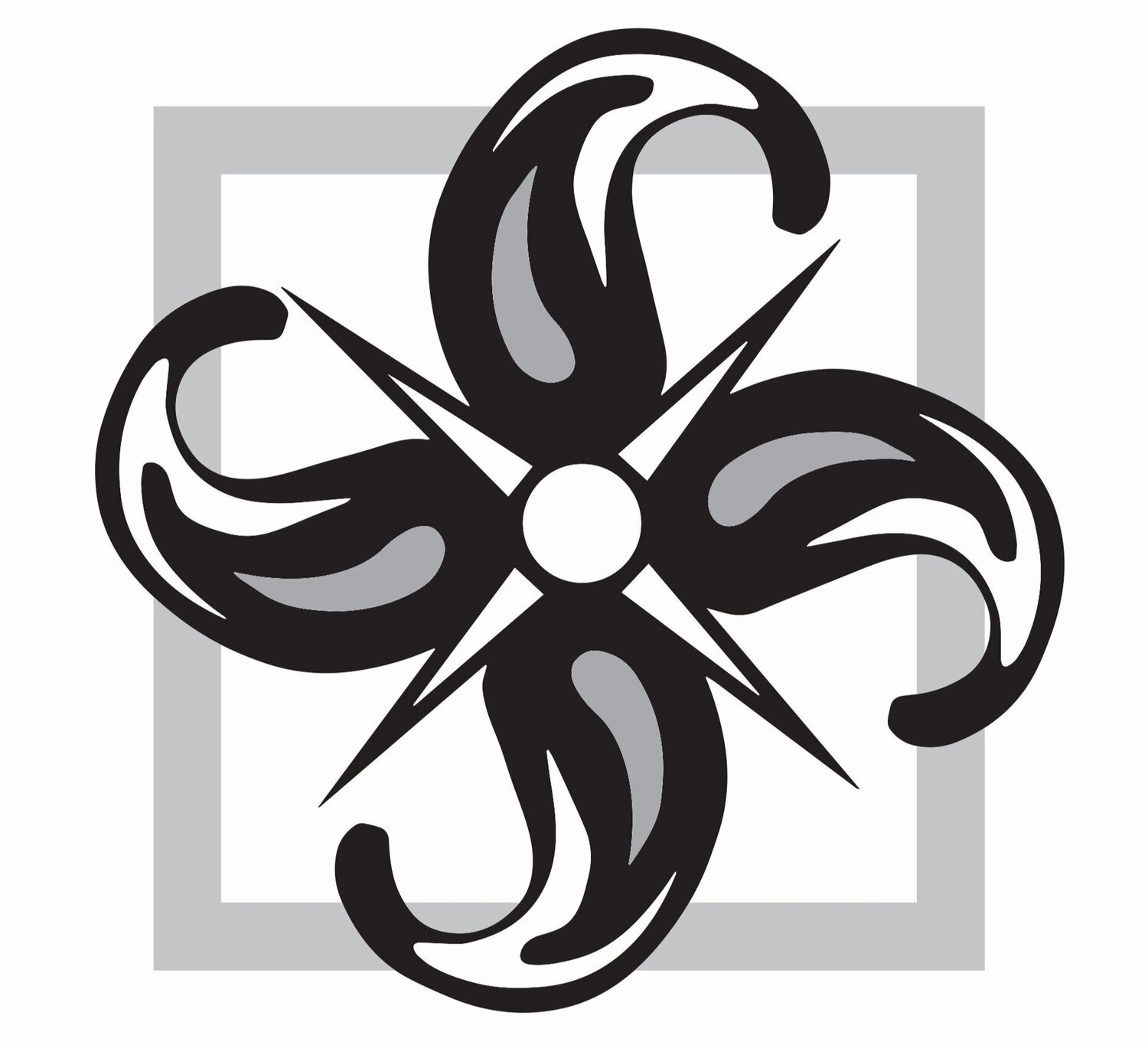It is very easy to get swept up in a state of “go” and lose sight of intentions. Even before my trip began, this was a challenge. One of my intentions for this trip was to slow down and allow myself the space to just be, instead of focusing on doing. This is a struggle that many people face in this day and age, engaging in the fine art of not doing (more on this in a bit).
So what exactly is an intention? If you are a practitioner of yoga you have likely been asked to set one many times. An intention is a thing you intend: to act upon or focus your thoughts towards. Intentions can be deeply personal, specific, and emotional or more broad, cerebral, and pragmatic. Intentions help to guide us into the lives we want to live. They can be extremely powerful tools for reflection and growth, but note that they require your due diligence. For intentions without actions behind them are useless. It is important to regularly check-in with yourself; your heart, your gut, and see if the actions in your day-to-day living are aligning with your intentions. It is also important to note that intentions can change, at any time. Intentions are for you; for you to live the best version of you in a life that fulfills and nourishes you. This is where the art of not doing comes in handy.
You may be saying to yourself, “I thought she just said that actions (doing) are key in intentions working, but now she wants me to not do?” Yes, exactly. I want you to slow way down. Or at least I know that this is key for myself and many whom I have worked with. When we are always going, and doing – trying to accomplish – we sometimes forget to do that heart/gut check to see if our actions are aligning with what we want from life, or are they deceiving us, tricking us into feeling accomplished and aligning with the status quo instead of our true self.
My intentions for my 3 month trip away from life as I knew it, were:
1) My aim or plan: engage in not doing. As I mentioned in my previous post, (The Journey Home) I have a habit of always being on the go, doing a million things at a time. Ironically, to not do was actually a very active process for me.
2) Heal old wounds: let go. Let go of wanting things to be a certain way, of attachments, of blame and judgment.
3) Develop a clear image of the life I want to create by being fully present in the one right in front of me: experience life in the moment. Less thinking, more being. Creating more joy and playfulness in my life, by living it instead of worrying about it.
In reflecting back on these intentions and what came up for me in my travels, I would say that everything circled back to the fine art of not doing. When I was truly able to just sit and not have a need to do something, I was also better able to let go and to be present in the moment. I was in a state of flow. This proved much more challenging than I presumed it would. I presumed that my being in a far off land, surrounded by the beauty of nature that it would be natural and easy to just soak it in and not get swept up in go mode. I was wrong. If you allow the mind to, it will always have a need for more. Do more, think more, consume more. In a world of endless possibilities and choices, the choice for less is often the hardest (and therefore arguably the most important).
As I sat on the rocky coastline in Taghazout, Morocco, the sun warming my shoulders and waves crashing at my feet, watching the various shades of turquoise, emerald, and brown from the earth being swept up in their pull, I thought to myself, “How could I want for anything more right now?” And yet, my mind wandered:
“Am I sitting here doing nothing correctly? Should I be meditating, eyes closed or fixed on one place instead of this slow horizontal gaze taking in the sights to my left and right? Should I be out there surfing with the others; am I being lazy?” And on and on it went. Until I stopped, took a deep breath from my root to my crown and let it all go. My brow softened, the corners of my lips turned up and I sat, allowing my eyes to be where they chose, and allowing the moment to consume me the way the waves consumed the shore. Rolling in and out, softly and swiftly, leaving a more brilliant, polished, smooth and soft land from which to stand on.
As we close out this year and move into another chapter, I invite you to stop for a minute (or 5, or 30), take a good long breath in and out, and then check-in with yourself. What are your intentions moving forward? How will you act on them? Here are a few reflections to help guide you in this practice:
Honor the work you have done thus far.
Notice what things you have neglected, or haven’t nourished.
Ask yourself:
Where and how can I balance my efforts with my outcomes?
Am I creating and living in true accordance with my beliefs and intentions?
What have I learned this past year?
What am I ready to leave behind; to release?
What am I ready to move into; to grow?
What needs to end so that something new may begin?
What can I release, or let go of, to give me peace?
I hope these reflections help you to slow down a bit, tap into your heart, and have a blessed new year ❤

